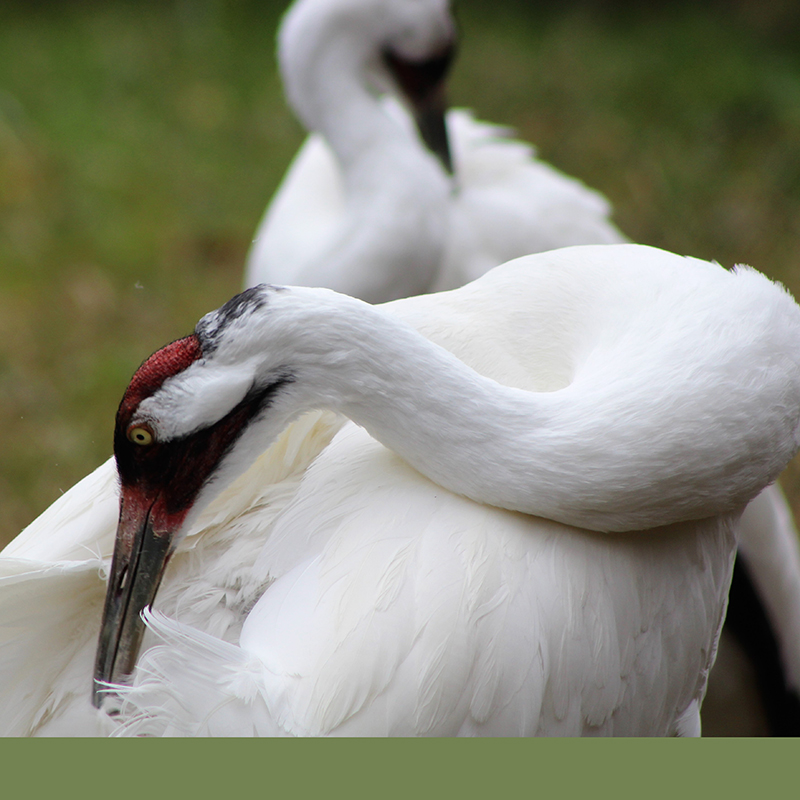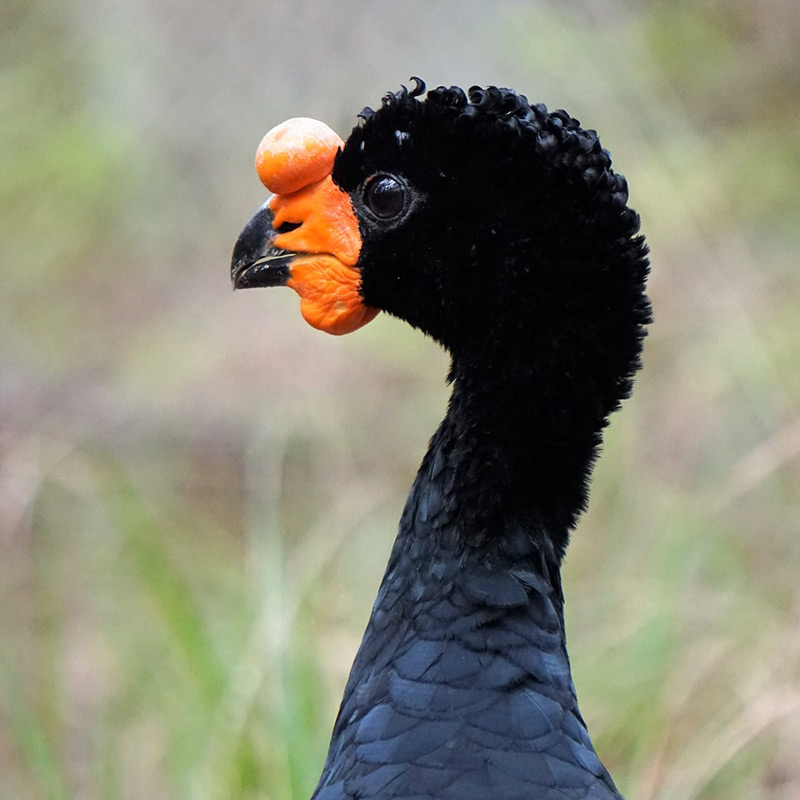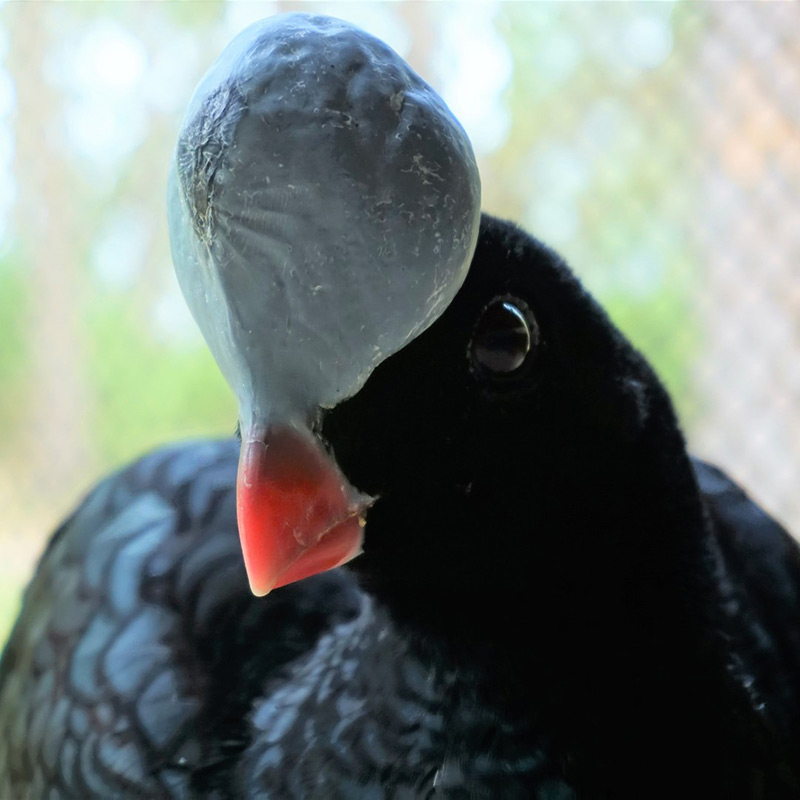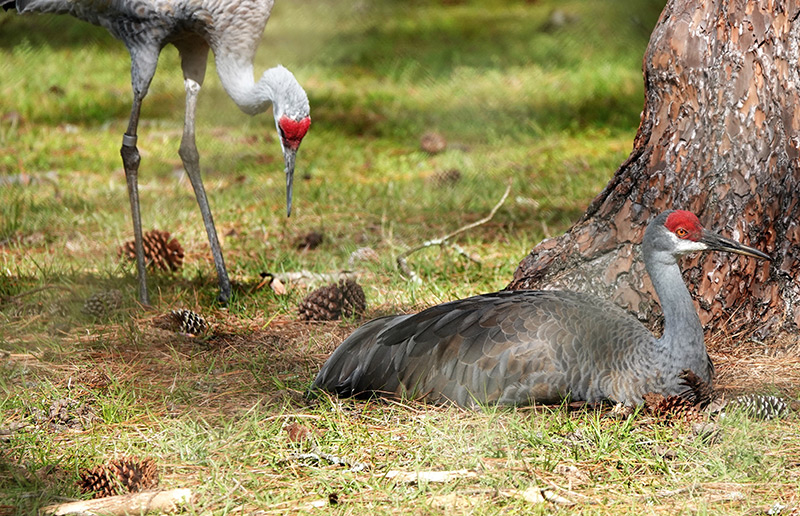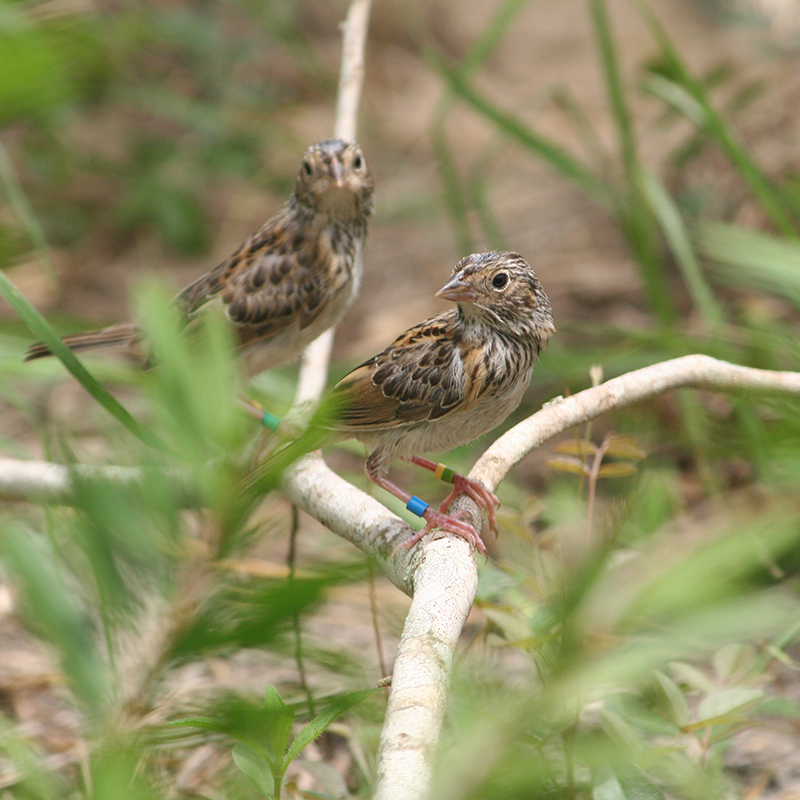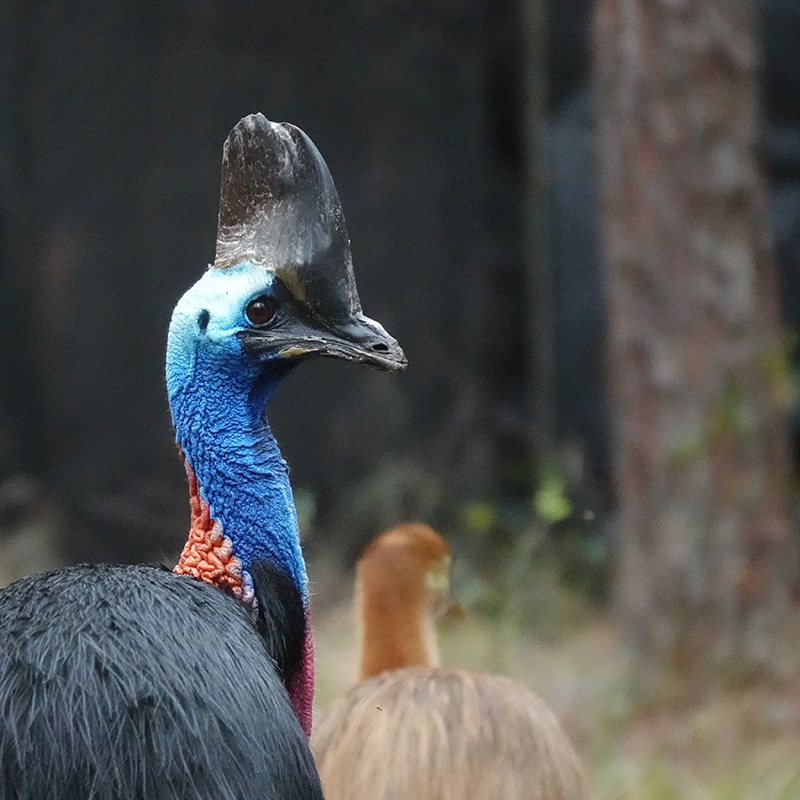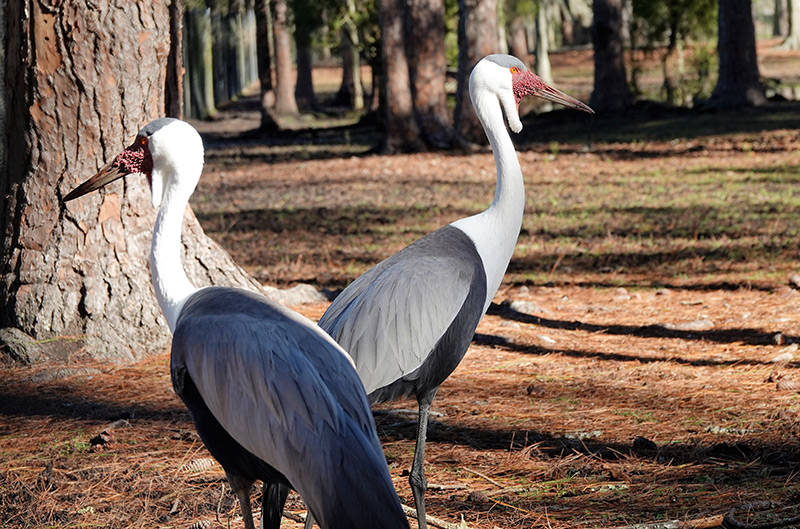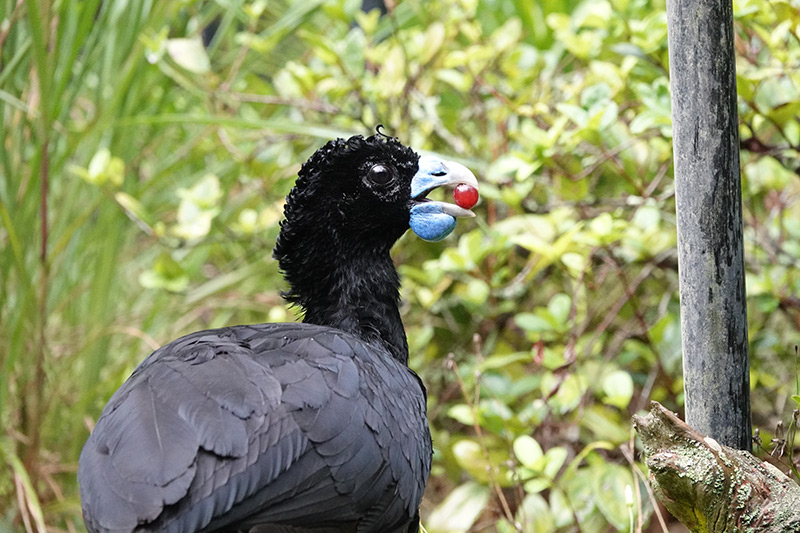Whooping Crane
Whooping cranes are the rarest of all the cranes. According to the International Crane Foundation (ICF), based in Wisconsin, there are currently just over 840 birds in North America (in the wild and human care). The good news is that those numbers are up from only 21 birds in 1944. The primary reason for their…
